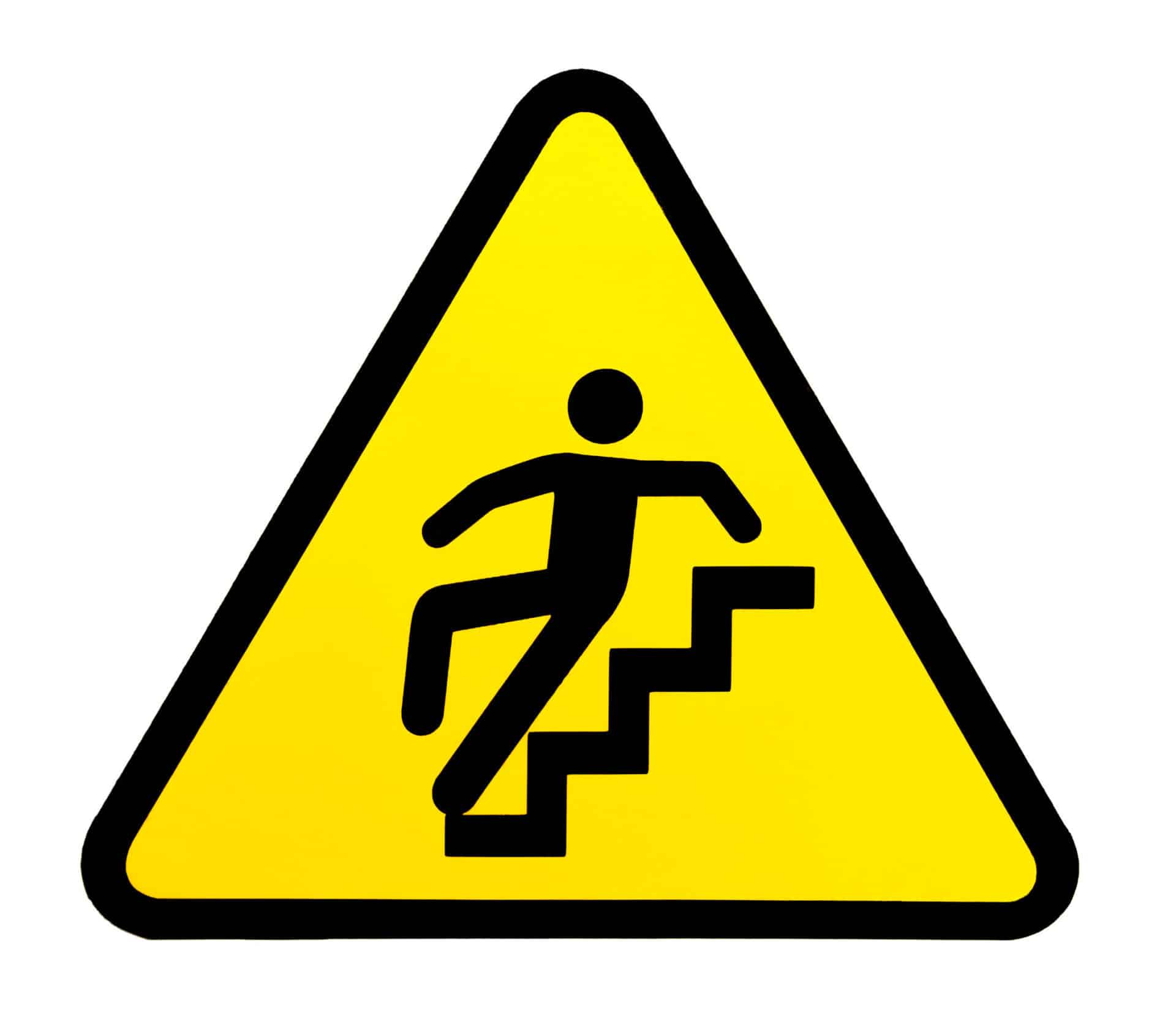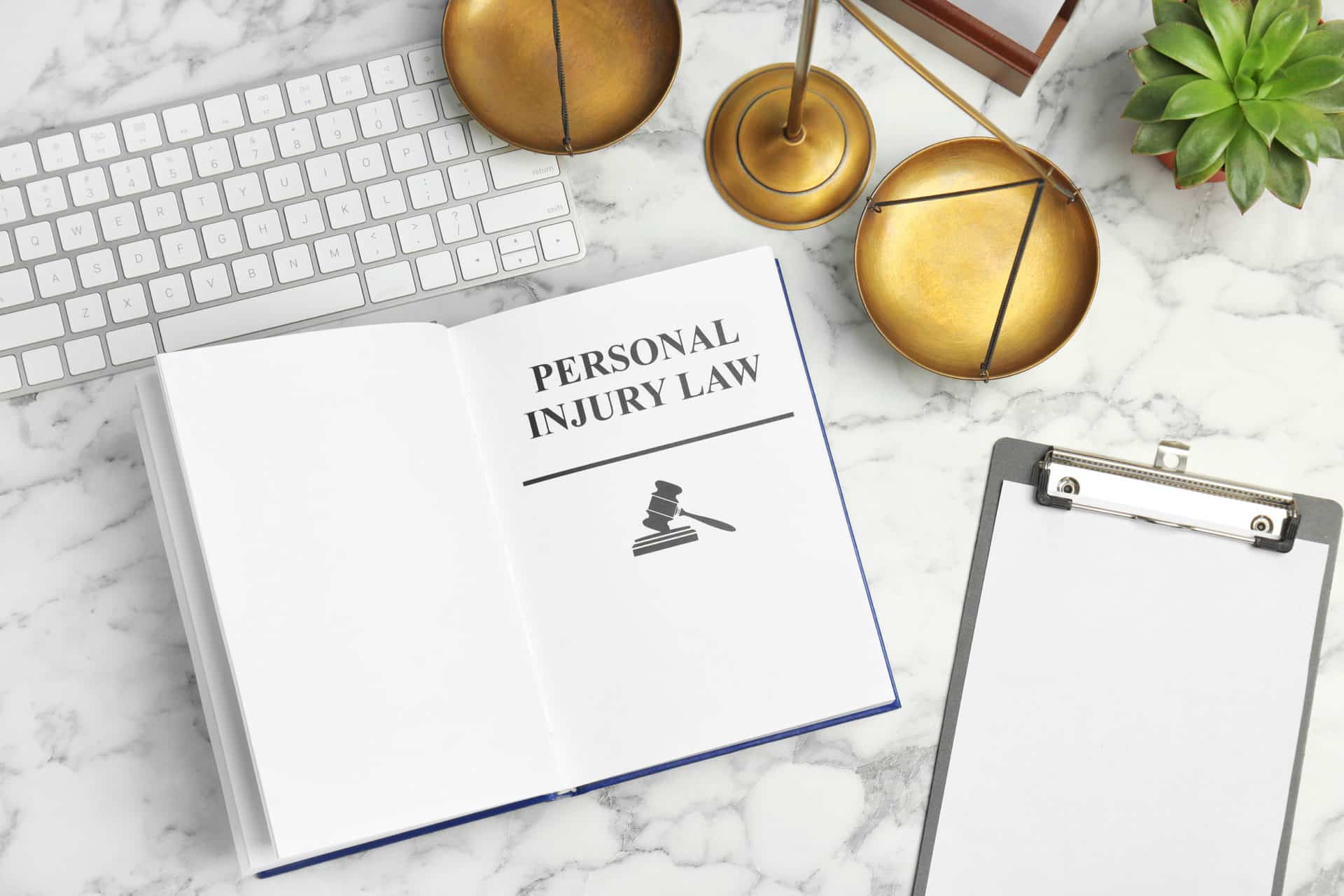
Accidents happen. In fact, they happen every day. Injuries due to slip-and-fall accidents aren’t something that occurs in a vacuum, however. Fault can normally be found, and negligence can be legally assigned.
According to the New York State Department of Health, in fact, falls are the leading cause of deaths, emergency room visits, and hospitalizations for people over the age of 65. In 2014, 1,202 people over the age of 65 died as the result of a fall while over 50,000 were hospitalized.
If you or someone you love is the victim of a slip and fall, then it’s important to know how New York determines fault. Here’s what you need to know.
What Is a Slip and Fall Case?
One of the most common types of personal injury claims in New York is slip and fall cases. They occur when someone falls, slips, or trips on someone else’s property. Slip and fall accidents can happen just about anywhere. This includes places such as:
- Private residences
- Government property
- Commercial buildings
These types of accidents are normally the result of unsafe conditions that exist such as icy sidewalks, missing handrails, and broken stairs. When accidents like this happen, they can be brought to court if it is found a property owner is at fault in your case and their actions lead to your injury.
Proving a Slip-and-Fall Cases in New York
Slip-and-fall cases hinge on determining fault. Evidence is used to prove that dangerous conditions existed and were allowed to exist by the property owner that lead to the fall.
What is Comparative Negligence?
Comparative negligence comes into play when the person who was injured is at least partly to blame for the slip-and-fall accident. It is also known as “comparative fault” and it’s an important legal concept that helps to establish how damages are allocated when there are two or more parties at fault at least a little bit.
Different Types of Comparative Negligence
Comparative negligence can differ from state to state, In New York, there is a pure comparative fault rule that governs over personal injury cases. With this type of comparative fault, the amount you recover from the personal injury claim can be reduced by how much it is ultimately determined you were at fault for the slip-and-fall.
This distinction makes New York a state that is favorable to plaintiffs seeking damages from slip and fall accidents. Essentially, it allows a victim to recover some damages even when you share fault. For example, if the court decides you are 20 percent at fault, then you can still recover 80 percent of the damages.
New York’s Statute of Limitations

There is a statute of limitations in New York for slip and fall personal injury cases. This statute places a time limit on your ability to bring a lawsuit in the civil court system. If you miss this deadline, then your case will almost certainly be dismissed.
The statute of limitations in New York is three years from the date of the incident that lead to the injury. That same statute of limitations applies if you want to file a lawsuit for property damage and not simply personal injury, so keep that in mind when thinking about filing a lawsuit.
Slip and fall accidents happen. It’s the actions you take afterward to protect yourself and your health that really matter.









